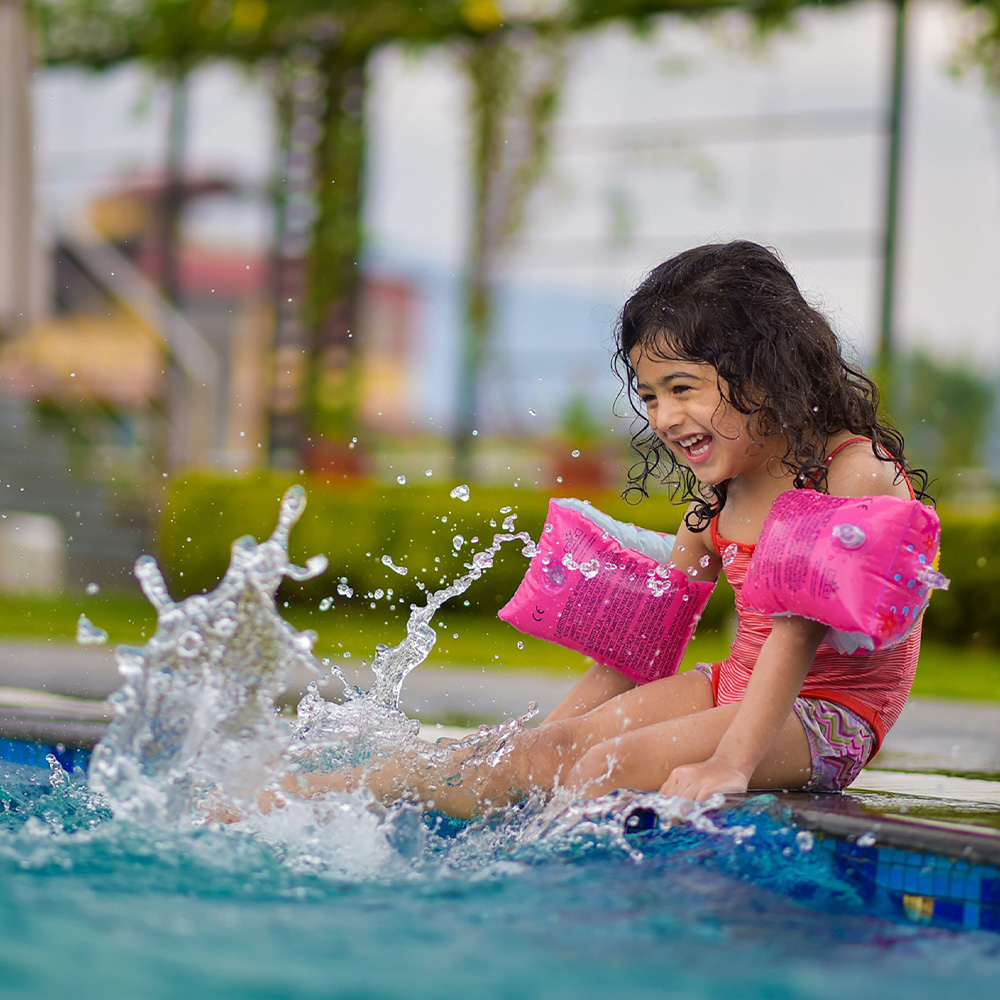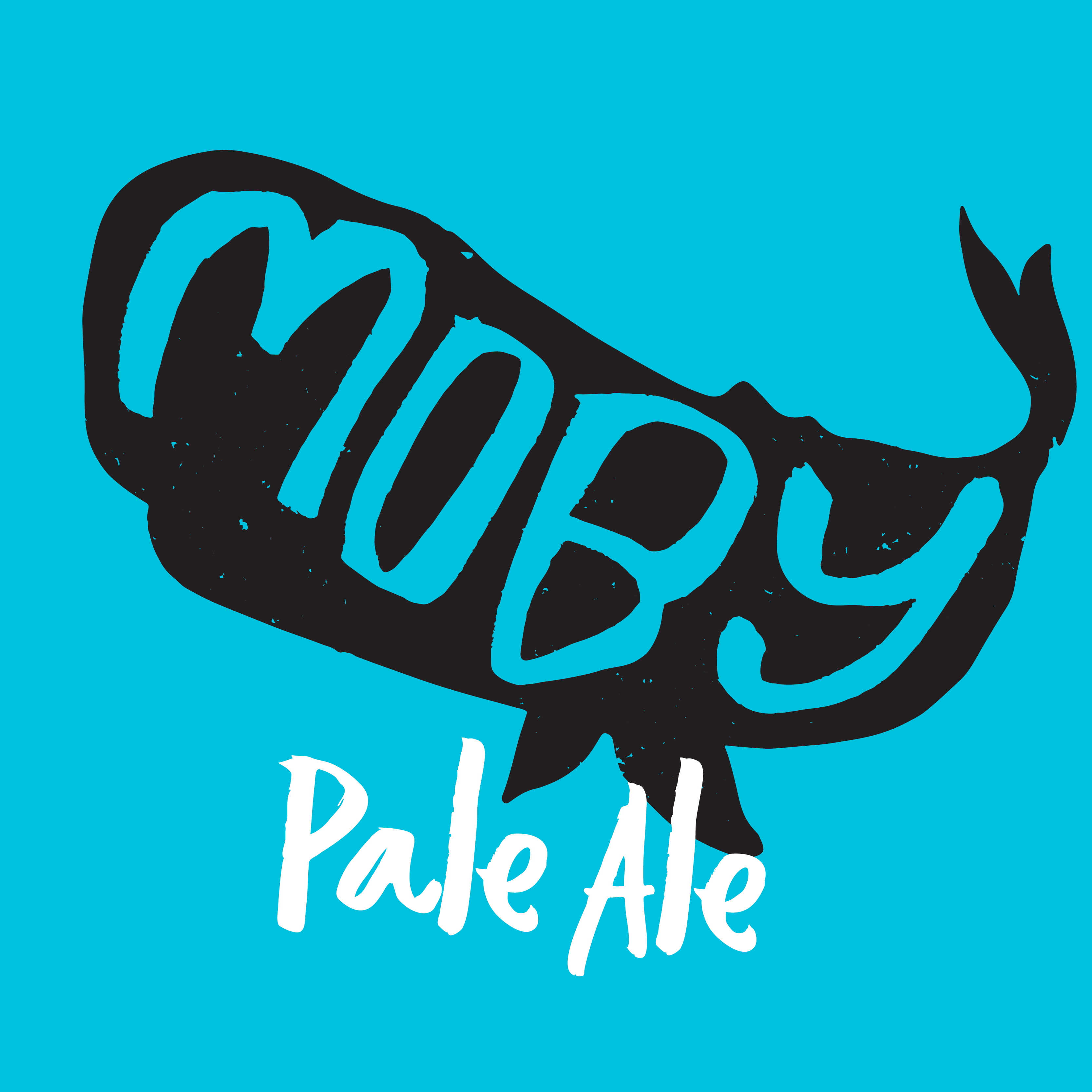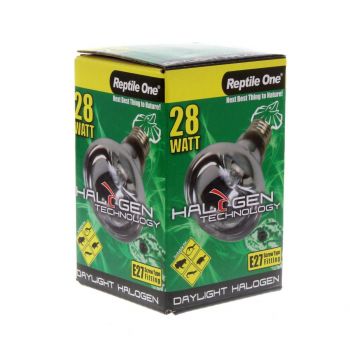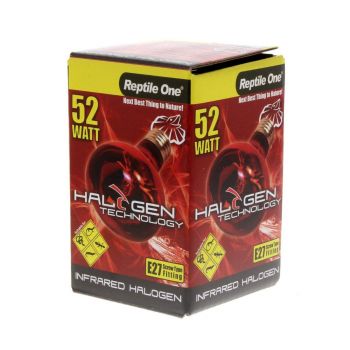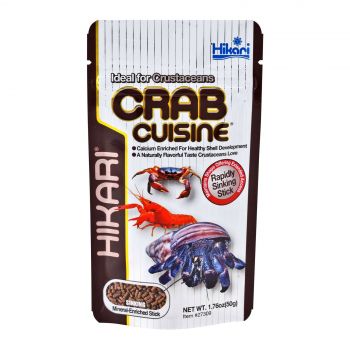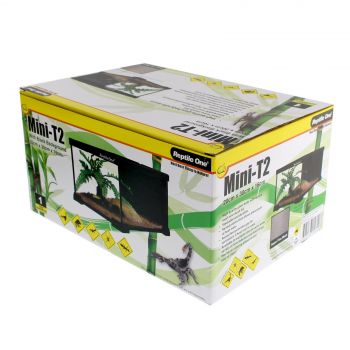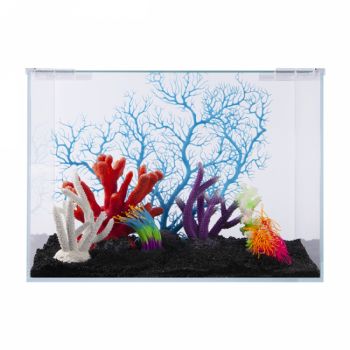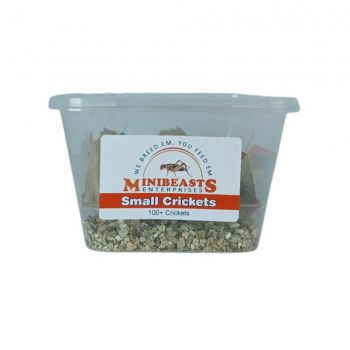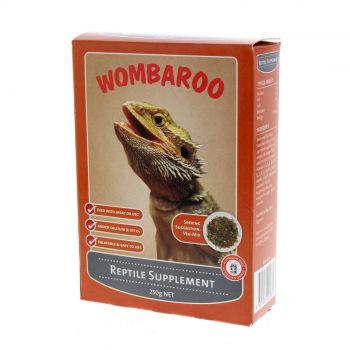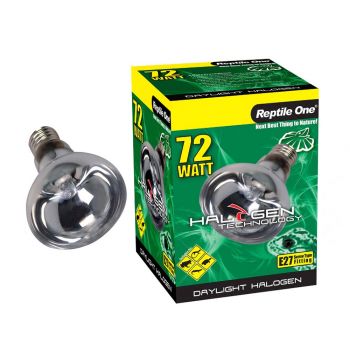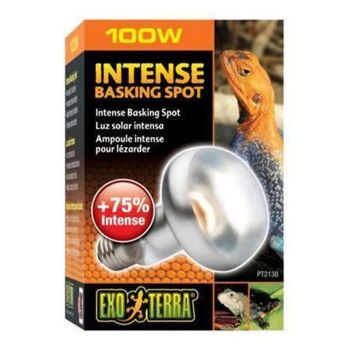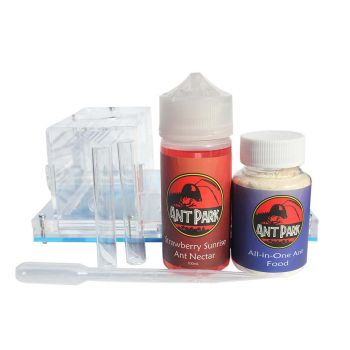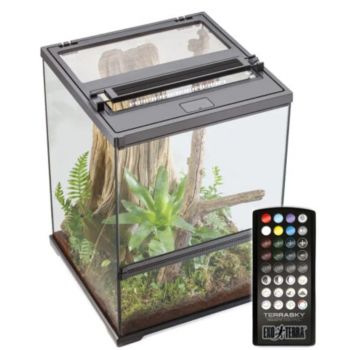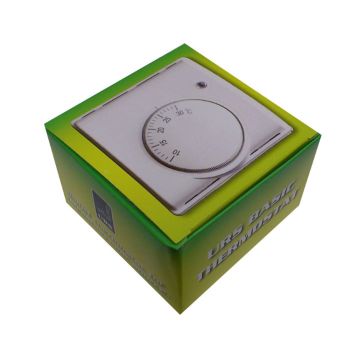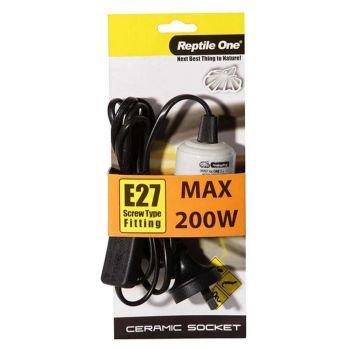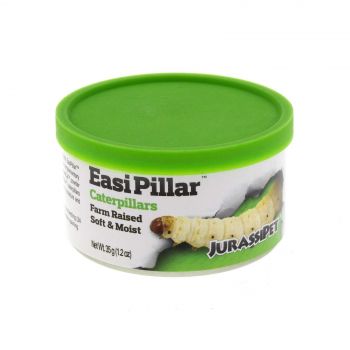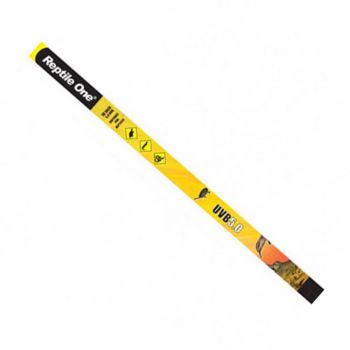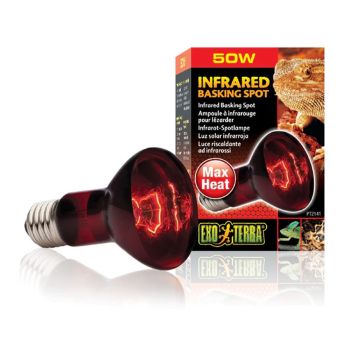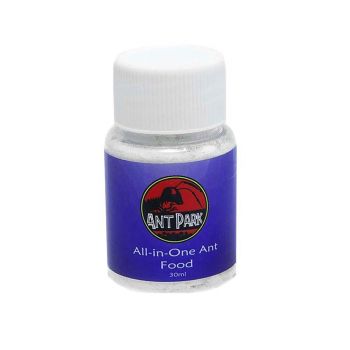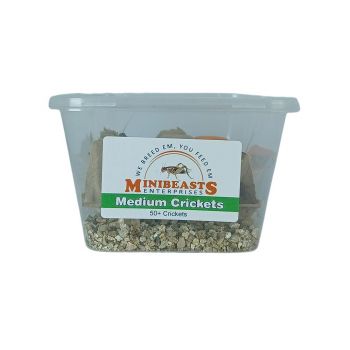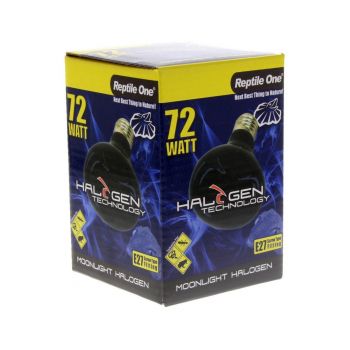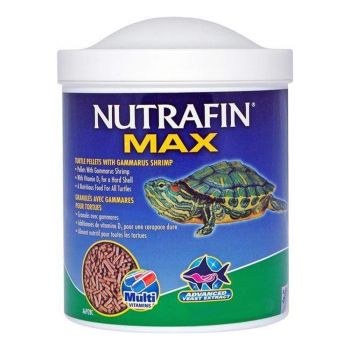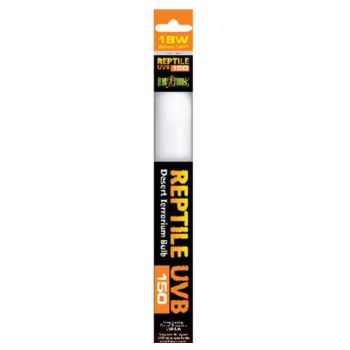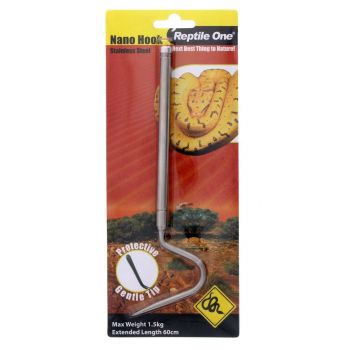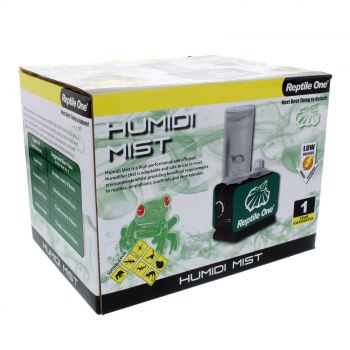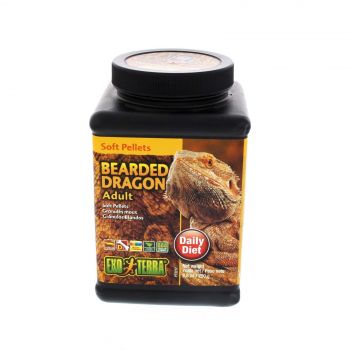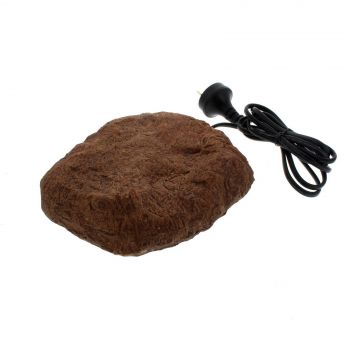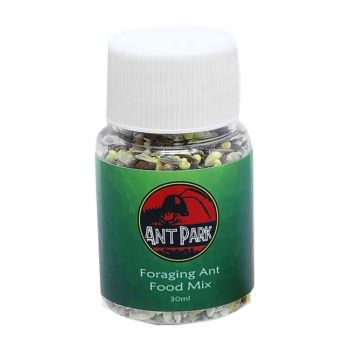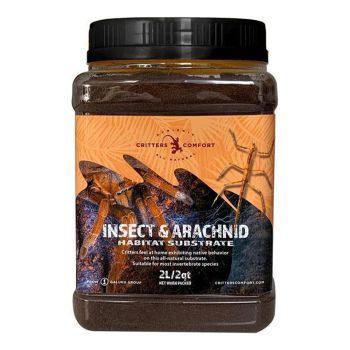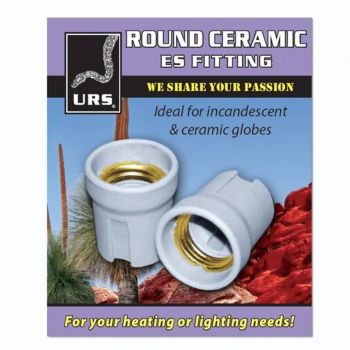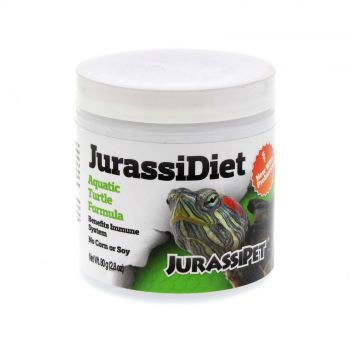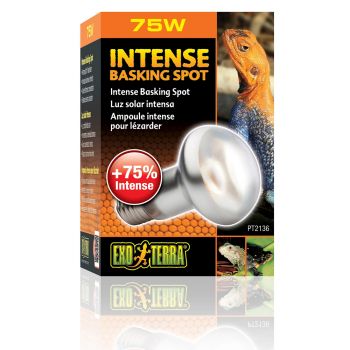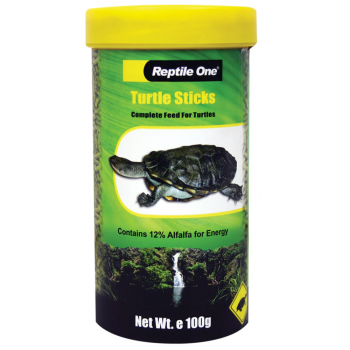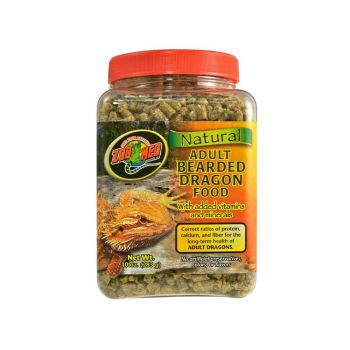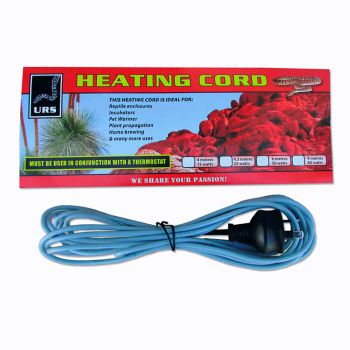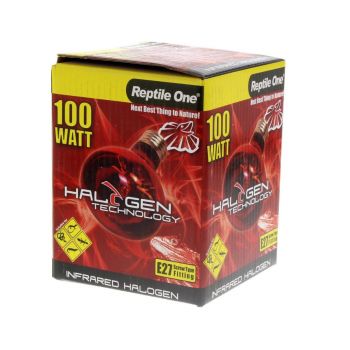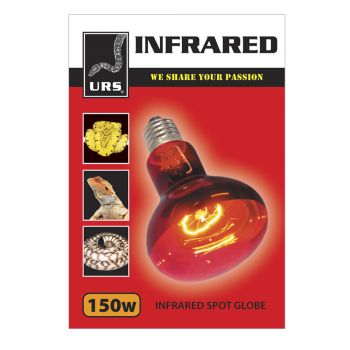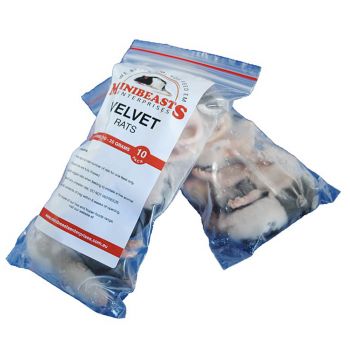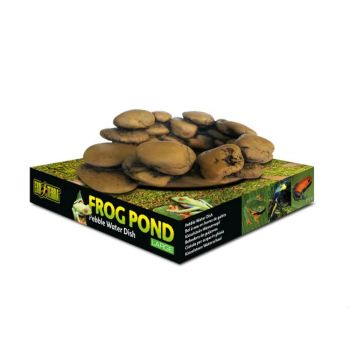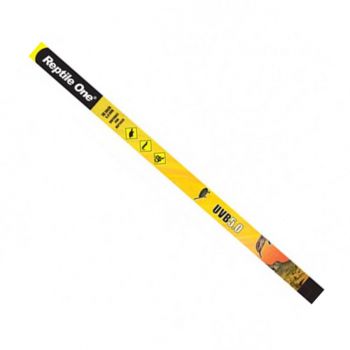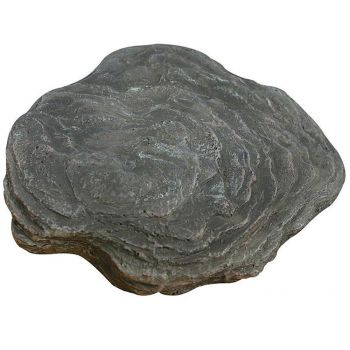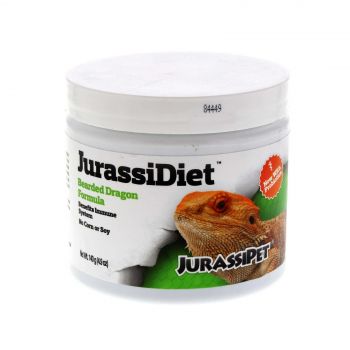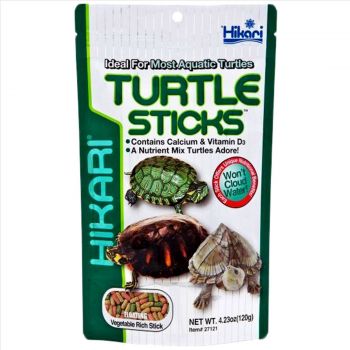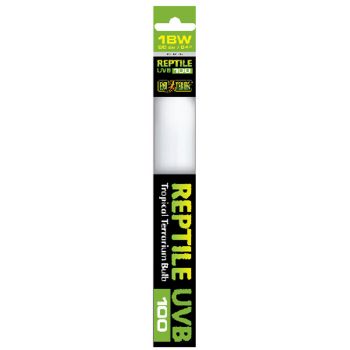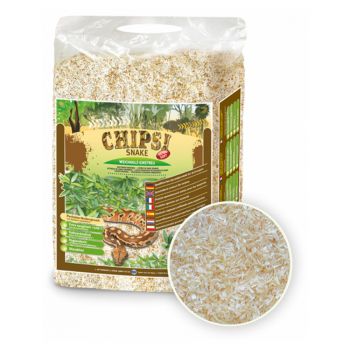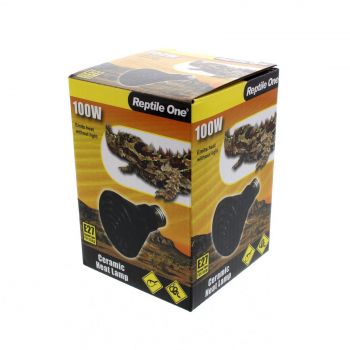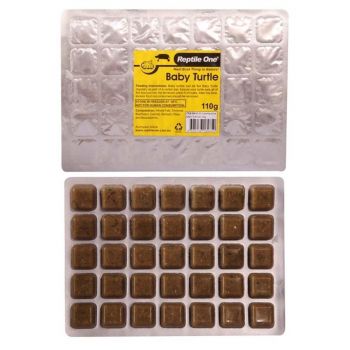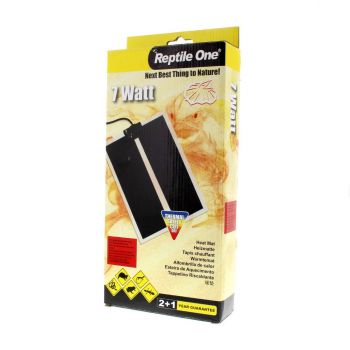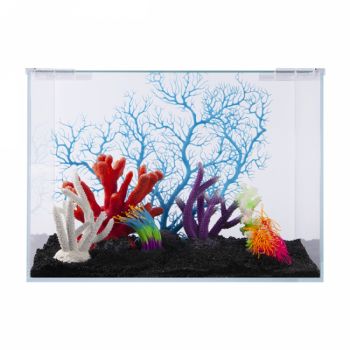A GUIDE TO AUSTRALIAN TREE FROGS
As their name suggests, Australian tree frogs belong to the genus Litoria, and most species are arboreal (tree-living). These frogs are mostly nocturnal and often spend the day sleeping, avoiding the hottest and driest times of the day. Some notable Australian tree frog species include the green tree frog (Litoria caerulea), the red-eyed tree frog (Litoria chloris), and the white-lipped tree frog (Litoria infrafrenata). They are a long-lived amphibious group, with some species reaching 20 years of age. Australian Tree Frogs are normally found in the wild throughout the eastern and northern parts of Australia. They prefer the humid climates of Queensland rainforests.
What Do Australian Tree Frogs Eat?
An essential part of keeping Australian tree frogs is understanding their dietary requirements. Both adults and juveniles are insectivores and eat various live insects in the wild. Cockroaches, earthworms, silkworms, slugs, moths, mealworms and wax worms are all acceptable insects. However, care must be taken with mealworms and wax worm portions, as these insects are very high in fat and overfeeding can lead to significant health problems.
All insects should be treated with calcium via gut-loading and or dusting before being fed. This is to prevent nutritional diseases such as metabolic bone disease resulting from chronically low calcium diets. This condition is very common among captive frogs.
The feeding of rodents and minced meats should generally be avoided in tree frogs, as these animals cope poorly with high-protein diets and can develop kidney disease. Adults should be provided 10-20% of their body weight each week in 2-3 separate feedings (i.e., offer insects every 2-3 days). Juvenile frogs should be fed more frequently (every day) but in smaller amounts.
Water access should be always provided, but simply using tap water may cause your frog to become sick. Tap water often contains chlorine and heavy metal additives that can be dangerous to frogs. The level of these chemicals can be decreased (or removed) with water conditioners available from the fish section.
Husbandry
As tree-loving animals, tree frogs require different levels in their enclosure, which can be achieved with fake plants, bamboo, tree branches or PVC pipes. This can also be achieved with staircase-like stands made out of plexiglass.
Enclosure
The enclosure walls are best made from glass or Perspex, and where possible, it is good to have the roof of the enclosure made from a safe, breathable mesh (materials that rust or can injure the frogs should be avoided) as this allows for better ventilation.
Lighting Requirements
UV lights come in various sizes and shapes but are essential for captive frogs.
Appropriate UV lighting allows frogs to metabolise calcium, and without a good source of UV, frogs can develop a bad case of metabolic bone disease. A frog should be able to bask within 20cms of the UV light for it to be effective. Depending on the type and brand of UV globe, this must be changed every six to twelve months to ensure your frog is receiving enough light. Globes can wear down over time so it's important to replace them at least once a year.
The strength of UVB is also important with lower levels required for amphibians. Following the guidelines set out by the manufacturer can be of assistance when choosing your UVB globes or of course, you can discuss this with our pet desk team anytime in-store at 370 Grubb Road, Wallington or call us anytime at (03) 5250 2056
Temperature
The thermal gradient temperature in the cage should generally be between 18°C (at the cooler end) to around 32°C at the warmer with some species preferring slightly cooler upper-range temperatures. A temperature gradient allows the frog to self-regulate its temperature.
If you want to avoid temperature fluctuations that could be dangerous, always use a thermostat with any heat sources like heat mats or lamps.
Humidity
The humidity of your frog’s habitat is another crucial element. You can raise the humidity level by using air pumps or bubblers for smaller tanks, but larger habitats will need sprinklers, waterfalls, and live plants.
To maintain a healthy humidity level for most species, keep the area between 50-70%. However, beware that too high of humidity increases the chance of developing fungal or bacterial infections. It is best practice to change small water containers daily. If you have no living plants or filtration systems in your enclosure, you should change the water at least weekly. You can do this less often--every other week--if you have appropriate filtration.
Water changes performed on a weekly or monthly basis are generally superior to those carried out at least once every six months.
Substrate
As for the substrate, in general, avoid abrasive and ingestible substrates. Some suitable substrates include sphagnum moss, foam rubber, large rocks, or moist paper towels (for smaller enclosures).
Common Diseases
The following are illnesses frequently contracted by pet tree frogs.
- Fungal and bacterial infections
- Internal parasites
- Malnutrition / Metabolic bone disease
- Obesity
- Trauma
We recommend health checks for frogs every 6-12 months. Locally, we recommend Vets of Geelong as they regularly treat birds and other small animals.
This article is meant to be a general guide only and is not intended to replace professional veterinary advice. If you are concerned about your animal’s health, please make an appointment to see a speciality vet. For more general advice and products, come and see us at 370 Grubb Road, Wallington or shop online anytime at wallingtons.com.au

